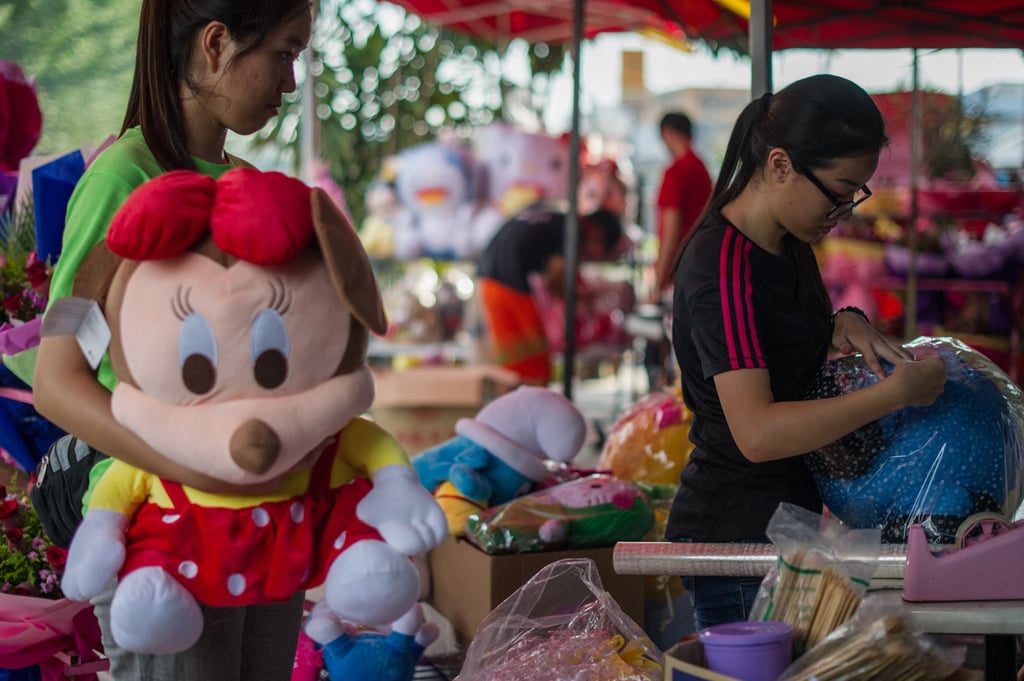Cheap Chinese goods bring joy to Southeast Asia’s shoppers. What’s the trade-off?
Consumers celebrate the savings, but governments from Indonesia to Malaysia face pressure to protect local manufacturers from the influx

Yet for many Southeast Asian consumers, this influx of affordable products provides a welcome relief amid stubbornly high living cost – allowing them to stretch their budgets beyond essentials like energy and rent.
For Malaysian mother Cindy Hong, online shopping has been a game-changer. She has found budget-friendly Christmas gifts and toys for her daughter’s birthday on Shopee, often choosing items shipped directly from China.
“It is just so much cheaper than the branded toys in the shops, and more importantly, my daughter is perfectly happy with what she gets,” said Hong, 45, a human resources executive.

The consumer e-commerce market is booming in Malaysia, with revenue projected to reach US$7.88 billion this year – a 14 per cent increase from the previous year, according to data gathering and visualisation platform Statista. Electronics lead the charge, expected to generate US$2.06 billion, closely followed by fashion at US$2.04 billion. The beauty and personal care sector is set to contribute US$880 million, while furniture sales are projected at US$820 million.